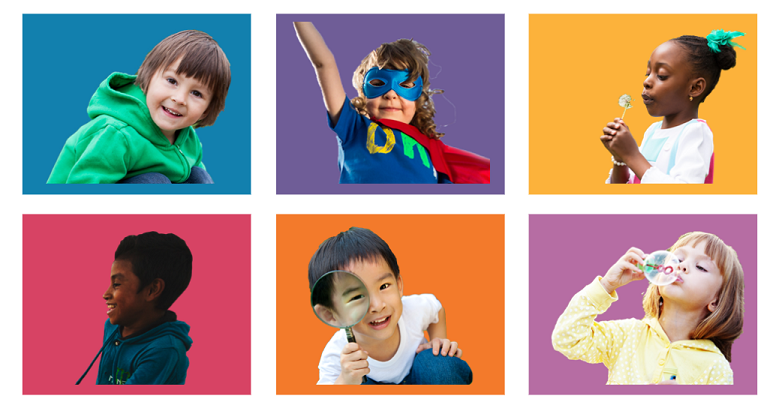Category: eLearning
-

Busy as a bee (#390 and #347)
When I recently re-started blogging I thought I should also resume the eLearning Heroes Challenges. I’ve yet to actually submit an entry and I don’t plan on submitting this one either. However, it’s always fun to brush up on some skills and to play around with new ideas. For this challenge, I combined two challenges:…
-

Getting Back Into It (#242 and #329)
Well, 2020 was a tough year and so far 2021 has been more of the same. Hopefully we will soon be looking at covid-19 in the rear-view mirror. During this time I’ve dealt with several other major life hurdles, but I’m back again – hopefully I will be able to blog more regularly going forward.…
-

Celebrating Bianca Andreescu (#249)
After a long hiatus from eLearning Heroes Challenges, this is my second one in a row. I’d forgotten how much I love doing these. For this challenge, I thought I’d do a project on Bianca Andreescu – I am Canadian after all! This portfolio piece was created for the eLearning Heroes Challenge #249 (Creating light…
-

How to be happy like a child (#248)
This portfolio piece marks my return to completing the eLearning Heroes Challenges. It has been over a year since my last project and I wanted to return with a bang, so I chose this particularly unstructured – yet challenging – topic as my first project in 2019. This portfolio piece was created for the eLearning…
-

Learning for Learning’s Sake
I’m here… don’t send out a search party! I’m not dead, just haven’t had time to write any posts recently. Since I’ve been so busy, I’ve also noticed that I haven’t really had much time for my own learning. L&D professionals know better than anyone else how important learning is, so I’ve felt like I’ve…
-

Canadian eLearning Conference 2019
The conference Next Friday is a very exciting day for me because I will be presenting my instructional design and eLearning development work at a conference for the first time. The conference is the Canadian eLearning Conference and it will be held in Toronto on July 18 and 19. For more information, check out their…